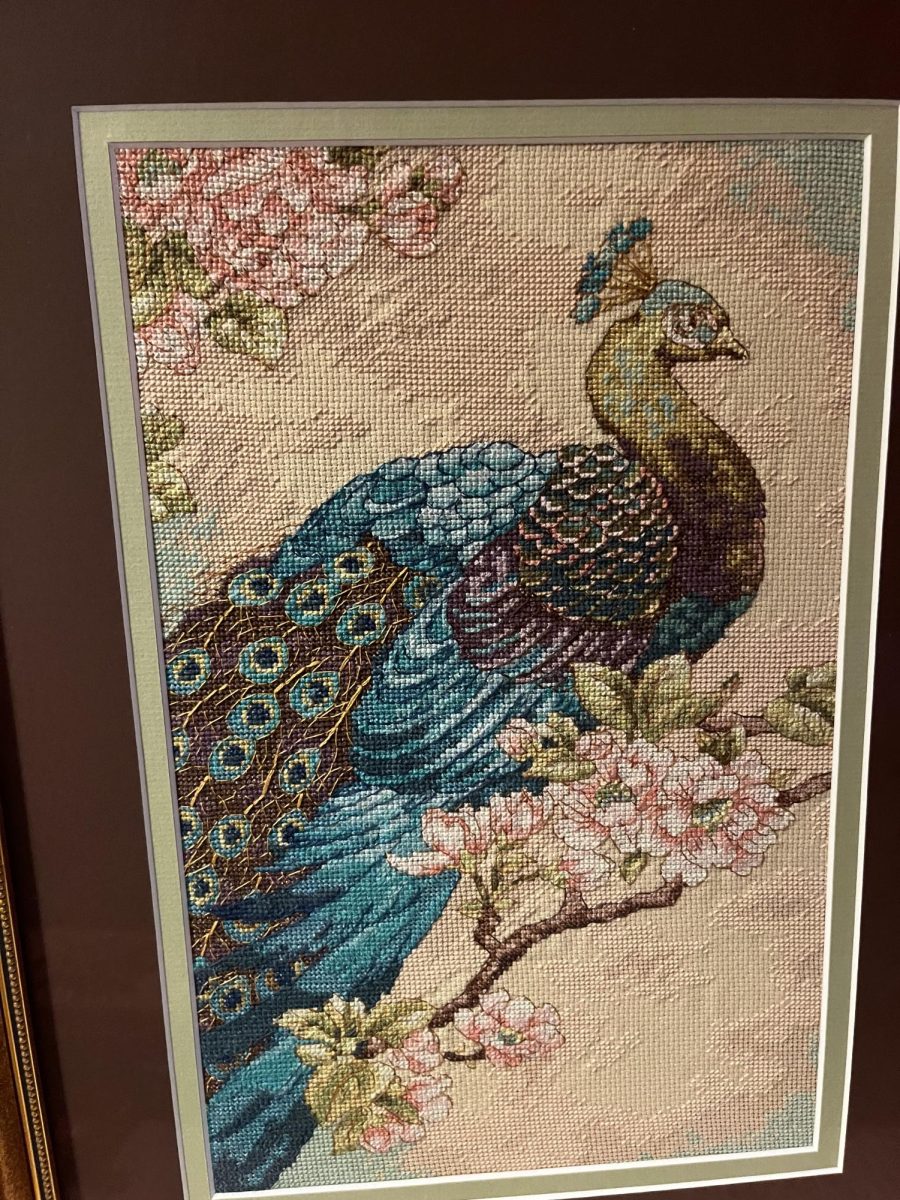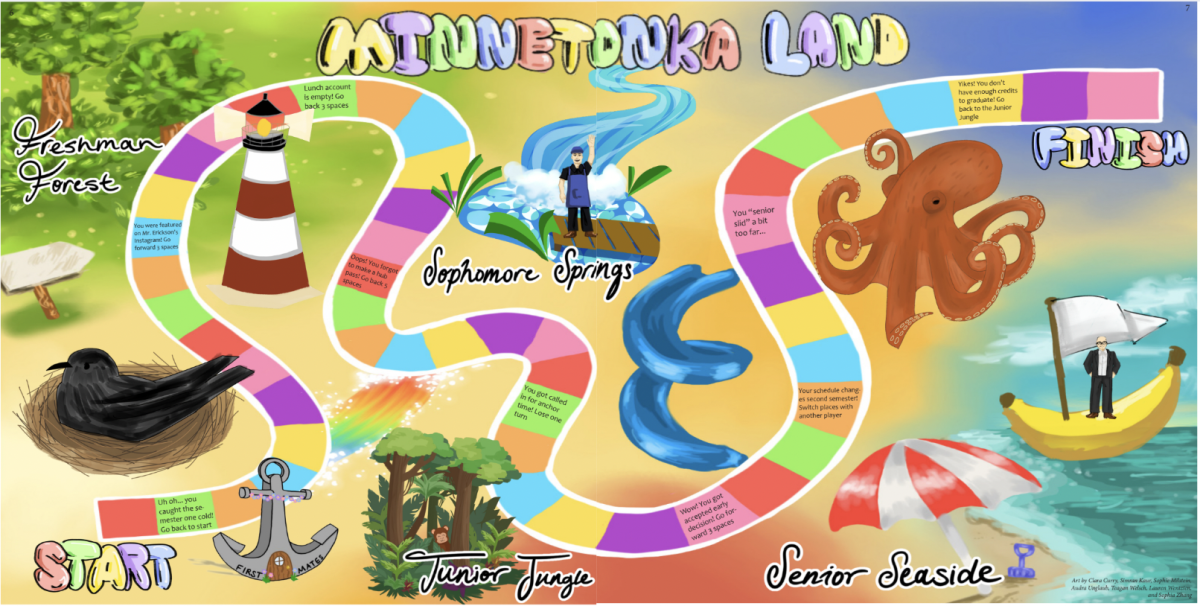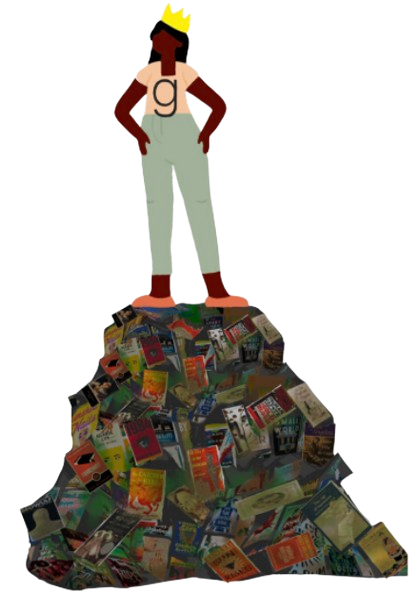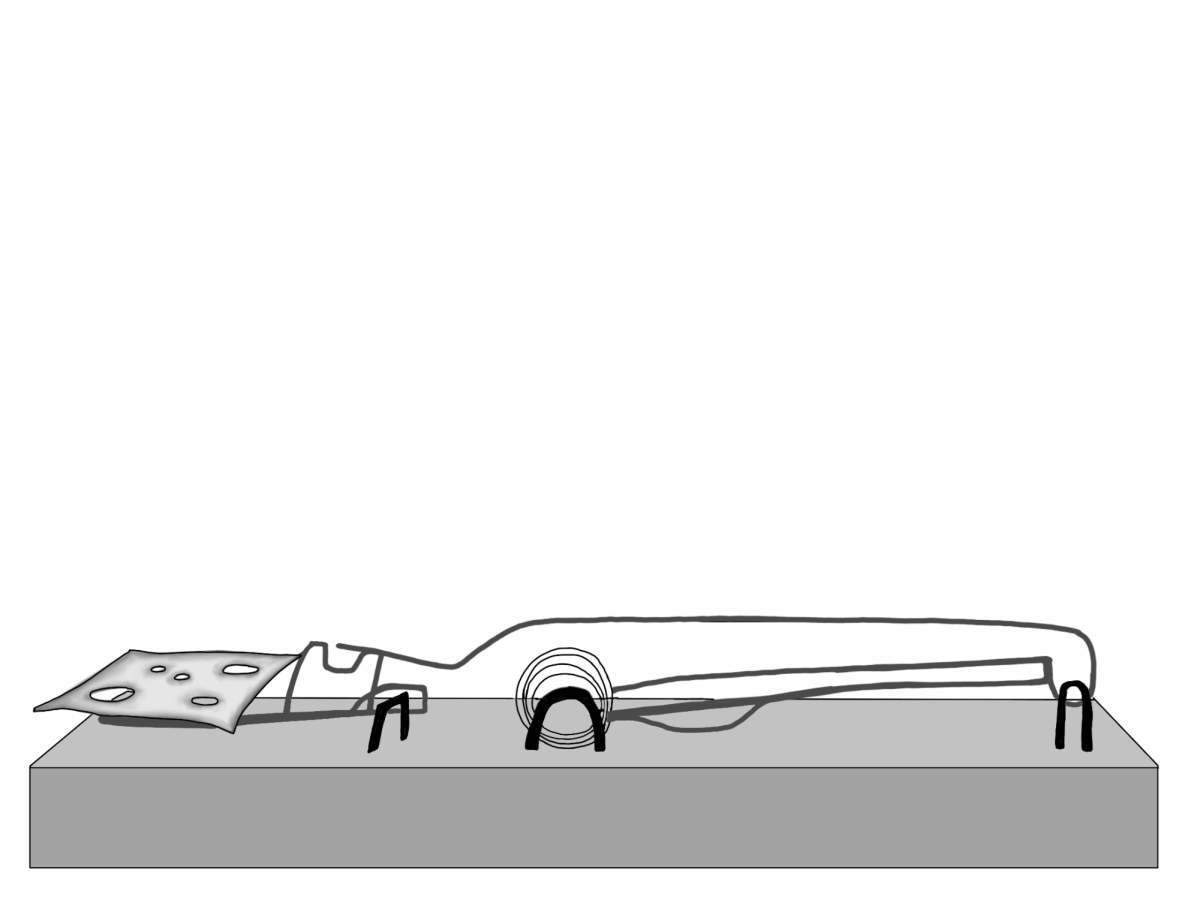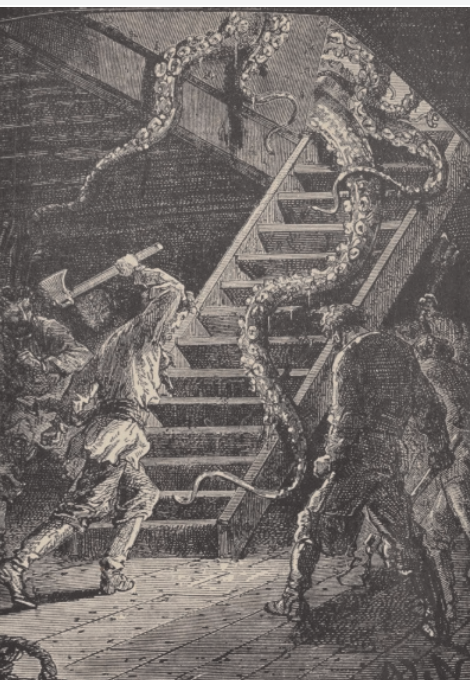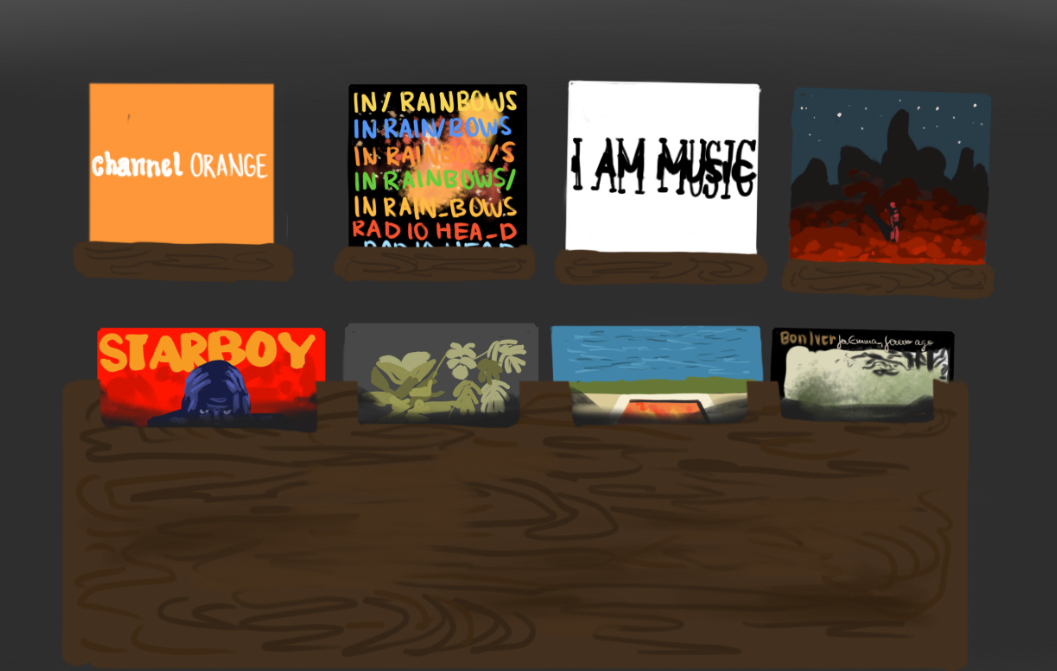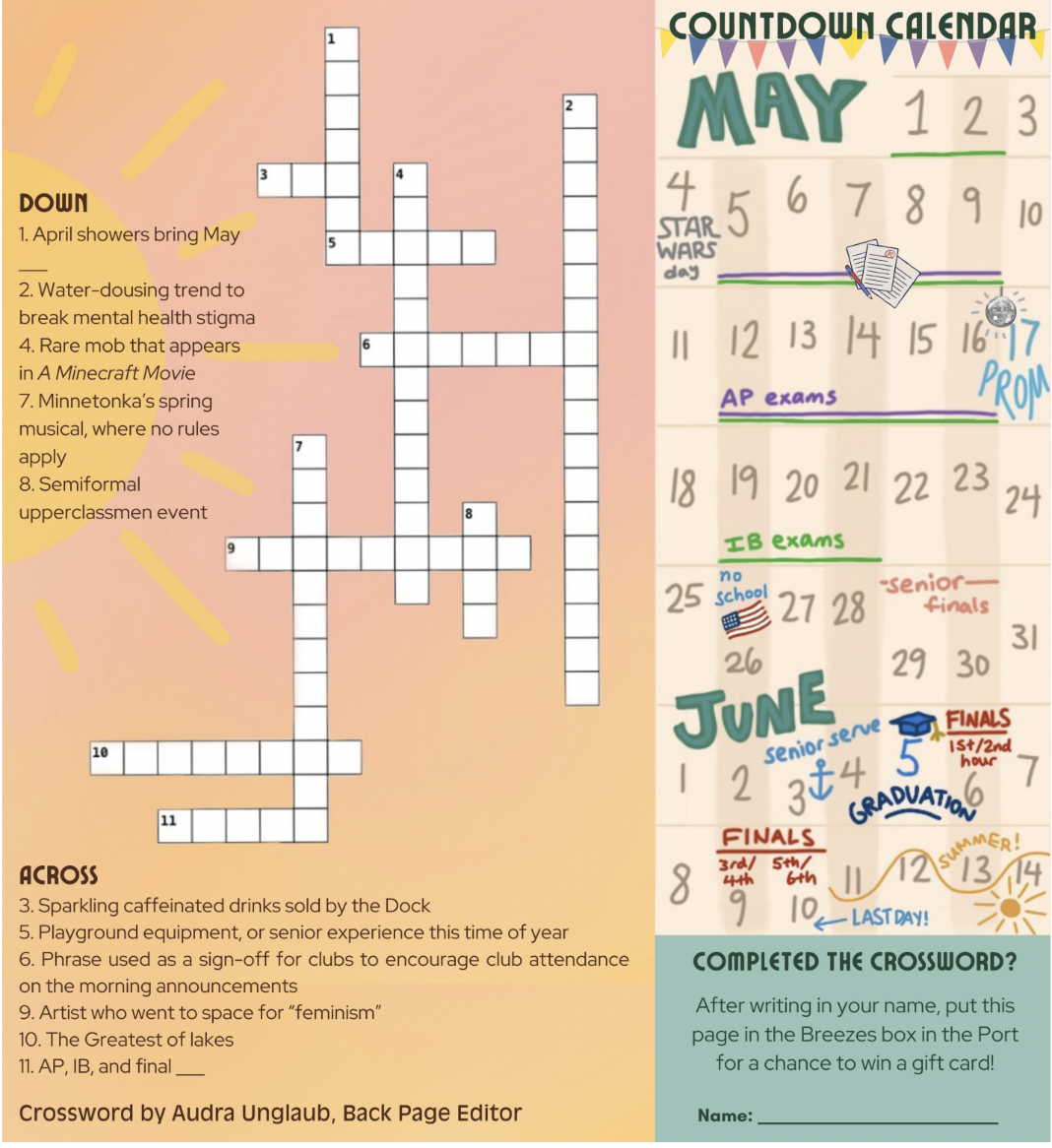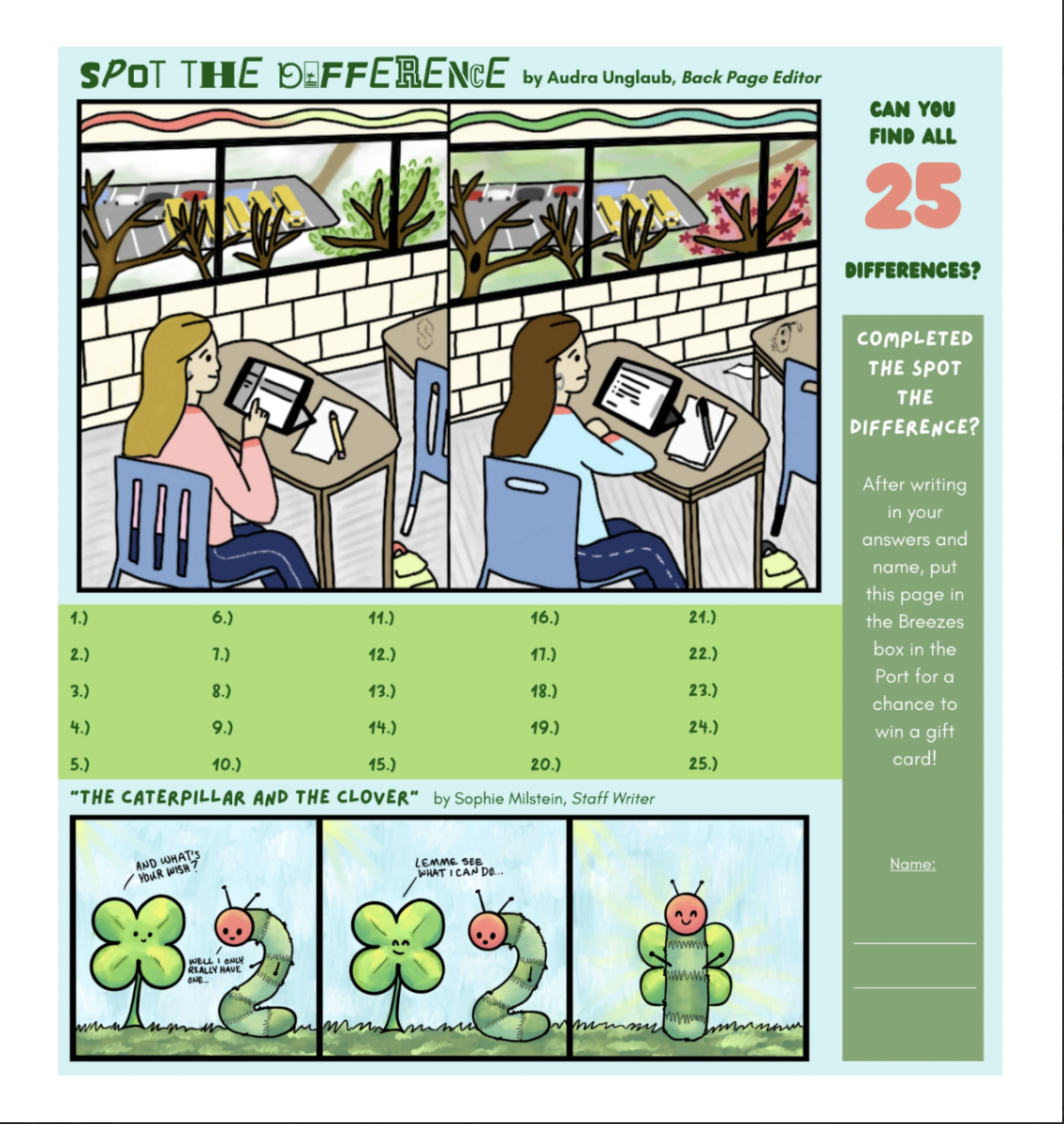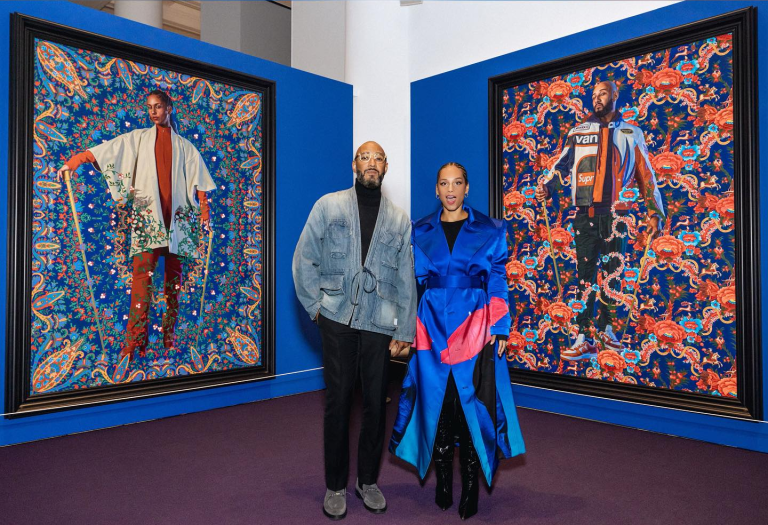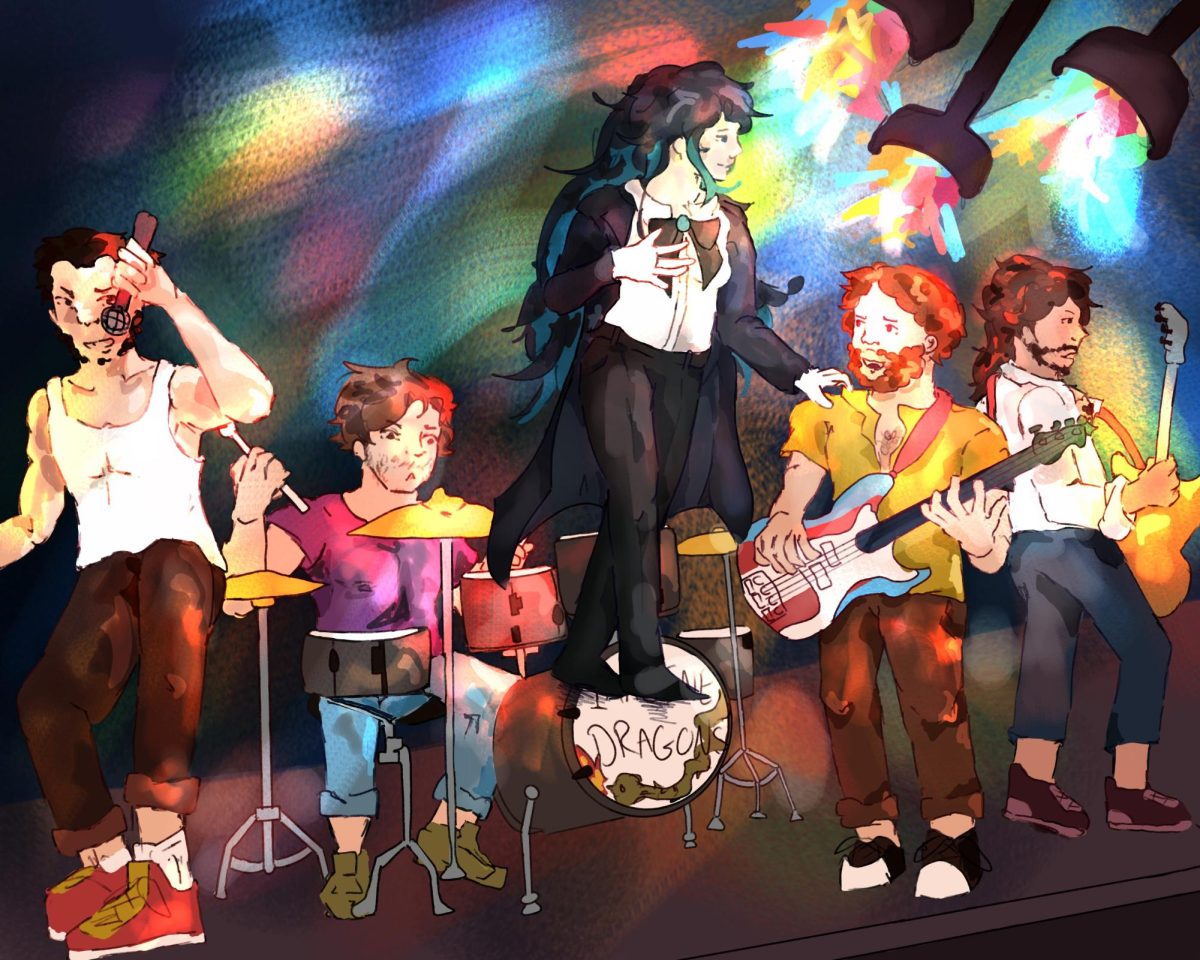Whether it’s driving past a run-down record store in Minneapolis, watching Star-Lord fumble around with his beat-up Walkman in Guardians of the Galaxy, or like Azael Olvera, ‘26, noticing the “old collection of CDs my parents have,” physical media in music can seem like a relic of the past. However, this is only appearances because, in reality, in the last couple of years, physical media, particularly vinyl, are experiencing numbers they haven’t seen since 1985. Cassette tapes brought competition first, followed by the domination of CDs, and then vinyl records, which faded into almost nothing. Between 1991-2009, for almost two decades, vinyl records made up less than 1% of the revenue in the music industry, earning less than $40M every year. Since 2010, vinyl records have been experiencing a slow but steady uptick in popularity; as of 2020, they have surpassed all other forms of physical music sales in units and sales.
The question remains, however, of why this resurgence is happening. What is so appealing about having a cumbersome piece of plastic with your music engraved on it? Brian Liu, ‘25, mentioned how he “used to think it was a waste of money, but having the music in your hands is something really unique.” Liu is not alone in this either. In the IFPI 2022 Engaging With Music report, it was cited among people who own records that “having the records to physically own” was the most popular reason to own them. Liu also stated that with vinyl records, he was “forced to listen to the whole project in order,” which made him “appreciate the whole record more.”
All in all, this is a plus for everyone involved. Record collectors are getting more variety and opportunity to get more records, artists are being supported directly instead of through a service, and more people are getting introduced to a hobby that encourages them to engage with their favorite art.

